One of the main tasks when leaving for plants is the struggle against the pests of the garden and the garden. After all, they, like no other, give plants an unsightly appearance, sometimes comes to complete destruction. The fight against pests is a challenging task even for professionals, and for beginner gardeners it may be, in general, a nightmare. The most important thing in this matter is the possibility of choosing the optimal version of protection based on knowledge and experience in this industry. Everyone will tell you more about everything.
General principles
Pests for agricultural plants are many types of insects, worms, rodents, malicious microorganisms and weeds. To prevent their disastrous impact, first of all, it is necessary to periodically carefully examine the leaves, stems, fruits and flowers. Due to this, it is possible to have an idea of \u200b\u200bthe existing pests or about those that are potentially possible. Most non-professional gardeners pay attention only to obvious damage when it is already late to save the harvest. Therefore, any measures to combat pests of the garden should be carried out on time:
- When the snow starts to melt, you need to start cleaning the garden from sick branches, rotting fruit and dead plants. The fact is that they can serve as a good environment for the development of pathogens of some diseases.
- When you begin to swell the kidney, you should begin the fight against weevils. So that the beetles, wintering in the old fallen leaves, did not penetrate the crown, at the bottom of the tree Stamper are arranged traps with glue.
- In May, the plants are treated to prevent the appearance of the "pulse dew".
- In the fallen leaves also winter pathogens of the paste. To prevent this disease, fruit trees are sprayed with fungicides.
- Trees must be processed in the period from the dissolution of the kidneys before the formation of buds. This prevents the spread of a silkworm, apple moths, leafprints and hawarshes.
Biological ways of struggle
Specifications
Today, biological measures for protecting plants from pests are actively used. This method is to apply useful microorganisms and animals. They are attracted to the garden independently or acquire from manufacturers. In particular, gardeners are engaged in the production of microbiological agents, as well as the reproduction of some entomophages eating harmful insects. In addition, biological preparations in combination with pesticides are used to increase pest control efficiency.
Biological (bacterial) preparations are protective plants from pests. They are produced on the basis of various microbes and their livelihoods. Specific substances that act on pests are available in the composition of insecticidal plants.
Natural means of combating pests in relation to pesticides have the following advantages:
- Low cost.
- Safer for people and soil.
- The decomposition of vegetable beams and plants is faster.
- They can be treated with plants even shortly before the feet is collected.
- You can use in the fight against soft pests.
For the purpose of growing environmentally friendly products, gardeners use the following means that nature gives:
- Useful insects and microorganisms that eliminate pests.
- Barriers and traps.
- Birds eating harmful insects.
- Decorations and infancy of insecticidal plants.
To increase the efficiency of biological methods of combating insect pests, it should be made correct soil care. This is done using various feeding, compost and mulching. Thanks to the drip irrigation system, water can be supplied directly to the root system, and this reduces the likelihood of transferring viruses, bacteria and fungi with water. For the same purpose, the disinfection of the garden tool is carried out.
How to do such funds
Infusions and decoctions are preparing, for example, from:
- daisies pharmacy,
- calendula
- chemeritsa,
- bitter wormwood
- needle
- cleaner big
- horsetail
- millennian ordinary
- garlic
- low husk.
Raw materials are usually harvested in dry weather, after which it is dried, crushed and boiled. Next, the decoction is cooled and merged. Then the solution is befoldable. When preparing infusion raw after grinding is poured with warm water and leave for about a week, after which they drain and filtered. Finished means are spared on the plants. If there is a need, then the procedure is repeated in a week. It should be said that it is necessary to use champs insecticidal plants as carefully as chemicals. Special attention should be paid to the amount of fund used, which for each culture of its own. So, the flow rate of liquid decoction for spraying is usually the following:
- For fruit trees - from 2 to 10 liters.
- For berry bushes - from 1 to 1.3 liters.
- For strawberries - 1.5 liters per 10 sq. M. meters.
Warmings from plants used against pests can be dangerous for the healthy gardens. Therefore, apply them is recommended only for already infected crops. And so that pollinators do not kill, it is necessary to do it early in the morning or in the evening.
There is also such a group of biological preparations as pheromones, under the action of which the useful microorganisms and birds are attracted to combat pests and their larvae. For example, insects such as chalcides and riders are used to eliminate caterpillars. Ladybugs are attracted to the garden by planting complex plants. They are used in the fight against ticks, threes and whiteflies. Asters and thousands of millennia are planted for attracting the zlato-paragraphs. These insects and their larvae eat TRU. Many garden pests destroys mantis. To attract it, they even allocate a special platform on the garden.
As for insectivorous birds, they include, for example, organizgments, woodpeckers and sparrows. In addition, protect seedlings from pests, especially from flying insects, can special covers.
Chemical ways of struggle
Specifications
Fruit cultures can be grown without the use of chemicals, but it usually reduces the quality and amount of harvest. Plants "without chemistry" become simply defenseless during the active breeding of pests. Many differences exist about the use of chemicals. Nevertheless, they are still considered the most reliable. But there will be such drugs only with their proper use.
Insufficient care and plant infection are easily detected by some common symptoms. These include withering the roots, yellowing and fond of leaves, the weakness of shoots. If chemicals are not used correctly, it can lead to the death of beneficial organisms, poisoning of people, as well as water pollution and soil.
Typically, chemical and biological ways to combat pests are combined with each other. So they become more secure. The set of measures in this case consists of the following steps:
- Selection and preparation of plants for plant growing.
- Proper soil processing.
- The preparation of the soil to the creation of plants.
- The use of seedlings and high quality seeds.
- Timely removal of poor-quality and fading fruits, as well as dry branches.
- Setting traps.
Types of chemicals
Chemical preparations used to combat pests, it is customary to call pesticides. In some cases, without them, it is simply impossible to save and save the crop. Often, subject to the instructions, toxic eradicates practically do not fall into the environment and the fruits themselves.
Here are the main groups of pesticides that are available for use in the household sections:
- Insecticides-acaricides. Used to combat ticks and insects pests garden and garden. They act on both larvae and eggs and adult organisms.
- Fungicides. Used in the fight against bacteria and fungi, parasitizing on plants.
- Herbicides. Used to destroy weeds.
Methods of application
There are the following methods of application of pesticides:
- Spraying. Allows you to ensure a more uniform application of a chemical preparation at low costs. Due to this method, a spraying of both one and several means can be performed.
- Pollination. This method has a much higher flow rate of chemicals. Therefore, when processing areas, the agent can fall beyond the limits of the site, including in the reservoirs.
- Insertion or on its surface of drugs in the form of liquid, powder or granules.
- Poisoning bait.
Pest control measures
Now consider the most common pests in our conditions, as well as ways to deal with them.
Fighting tool
It feeds on the juice of plants than and damages landings. It is also dangerous in that it may be a carrier of mushroom infections and viruses, which, in turn, cause development anomalies in plants. Ladybugs successfully cope with the tool. The most important thing is not to destroy these beneficial insects. A chemical processing is also effective against the tri, which is carried out at least three times a year. The first stage falls on the spring, after the start of the movement of the juice in plants. The following processing is performed two weeks later, but in no case during flowering. For the third time, processing plants needed after flowering.
In addition, sometimes chamomile pyrethrum is used to combat aphids. It is planted next to vegetables and fruit crops. Chamomile Pyrethrum, by the way, will also help get rid of other garden pests.
Fighting earth ants
When the ages appear, earth ants also develop, which help and protect the larvae. Therefore, they also need to fight. Chemical processing also helps in this matter.
Fighting a sawmaker
Sometimes you can observe the cherry berries slugging pulp and unpleasant mucus, which fills bones. This is a sign that she worked here such a pest as a sawl. Eggs adult individuals of this pest can postpone almost on all parts of plants. If they do not fight with them, then the larvae can subsequently destroy up to 60% of the harvest. The fact is that one larva is able to eat several fruits at once. And if you consider that one female produces about 75-80 eggs, then the consequences of the absence of measures to combat the sawer can be catastrophic for the whole crop.
In order to combat these pests, chemical preparations are used. They are applied in the form of spraying. Other methods are much less effective. The first processing is carried out in spring before the plants will begin to bloom. During flowering, handling "chemistry" cannot be processed. Therefore, it is possible to re-conduct the procedure after flowering. In the case, the processing work should be performed in the morning or in the evening. At the same time, we should not forget about the use of special means of eye protection and respiratory tract. If there are fallen fruits, they must be collected and destroyed.
Fighting spinning
These caterpillars damage both herbaceous and gardening crops. There are several fighting measures. So, for this purpose, special preparations and traps are used. In addition, birds attracted to the garden to combat them. In general, if the caterpillars on the site are slightly, it can not be treated with chemicals, because Birds will perfectly cope with pests.
To prevent the mass appearance of the caterpillars, it is necessary to remove the garden territory from fallen leaves. It is in them that the dolls of these pests are winter. Another way to combat them are the draws of the belt that are arranged as follows:
- In the fall, a newspaper sheet is superimposed on the barrel so that it covers the trunk in width.
- Then the newspaper is tied by some material, for example, a rope.
- In the spring, pests fall and fall into this belt, which is removed and burned.
If the fruit trees are planned to spray with pests with chemicals before that, it is necessary to remove the existing foliage in the attractive zone, and the land in this place is well pouring. During spraying, tree and trunks should be treated. One of the mandatory measures to combat the spin is considered to be the mink of grass.
Fighting Sovie
The scoop refers to the number of night pests. She eats almost all plants in the garden, so it is very dangerous for the future harvest. Separately, it is necessary to highlight the cabbage slaughter, which is very easy to distinguish: its caterpillar is smooth and has a green color. To combat them, both chemical and natural agents are used. For example, between rows of plants you can plant decorative types of wormwood and pyrhem. Their sharp smell scares pests.
To minimize the risk of development of the scoop after wintering, it is necessary to prevent the places for this to remain on the site. So, most often these pests are winter in trees. Therefore, it is necessary to care for the trees and when the appearance of deepends as quickly as possible to close them. A good way to combat night pests is the use of electric light bulbs, which insect pests of cultivated plants flow at night. Next to the lights are satisfied with sticky ribbons, for which pests will stick.
Fighting drosophylas
These pests are fruit flies that usually appear in the second half of summer. They feed on the basis of plants juice, but harm the fact that they are carriers rot from the patient of the fetus to healthy. This eventually leads to his infection with rot. To prevent fruit rot, the trees of early spring are sprayed with special preparations. In addition, you need to remove all the fallen fruits, cut the patients with old branches and carry out the crown. In order to prevent the mass plating of these flies, it is necessary to take plant waste from its site, for example, fractures and rotten vegetables. These activities can prevent the emergence of not only drosophiles, but also other pests and fungal diseases.
Fighting mucus and snail
These pests often affect radishes, radish, cabbage, horseradish, turnip. In the fight against them, birds and various amphibians are very helpful. For example, frogs and toads. In addition, lime mixtures and ashes are effective against them. It is added to them with a ground chill bitter pepper or tobacco dust. This solution helps not only destroy pests, but also prevent the development of fungal diseases and make the soil less acidic. In addition to slugs and snails, leafoblishes and bugs appear on vegetable crops, which also threaten the future crop.

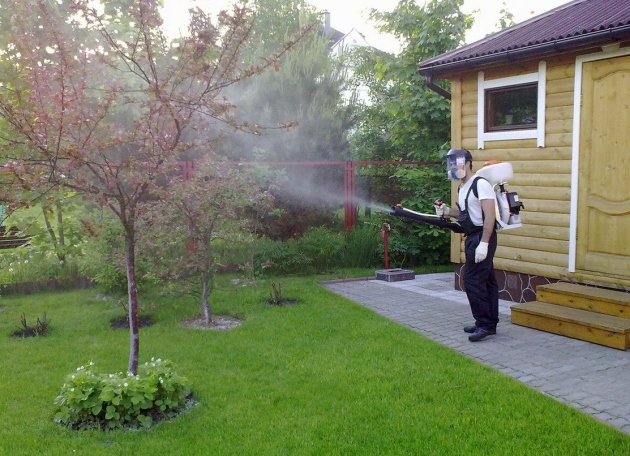
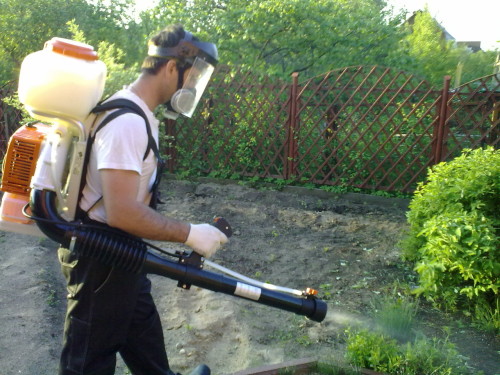
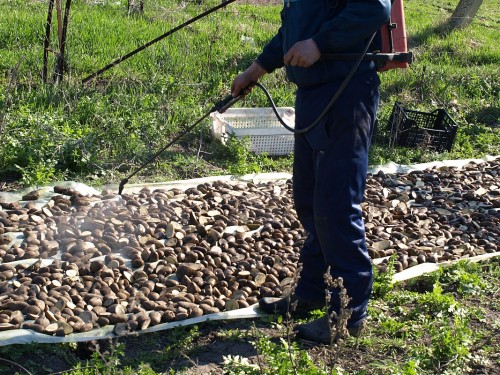
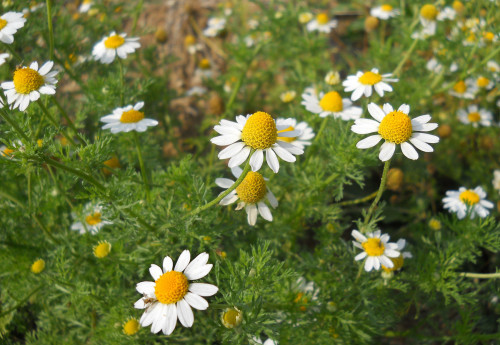
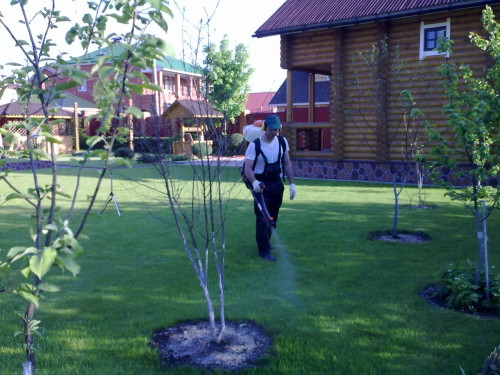

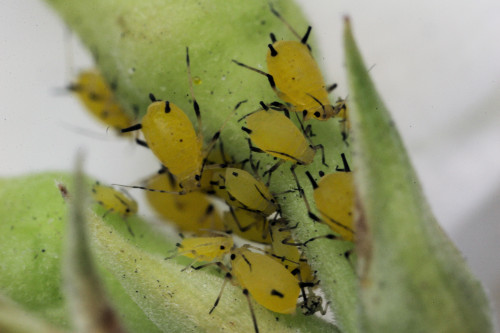
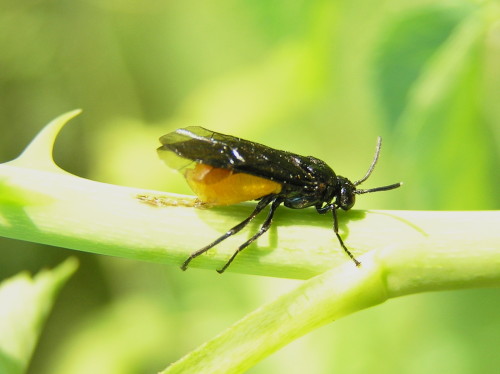
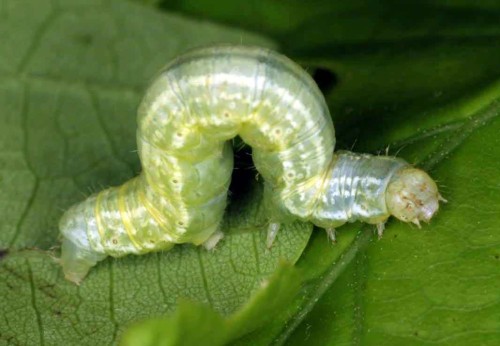
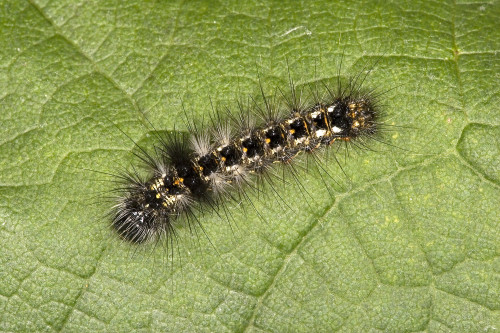
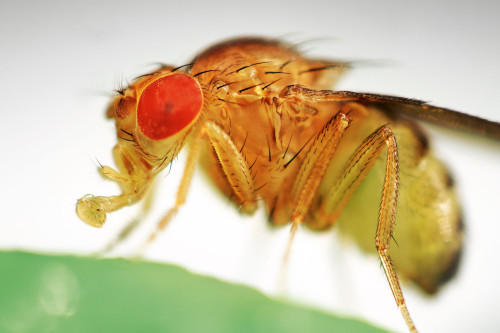
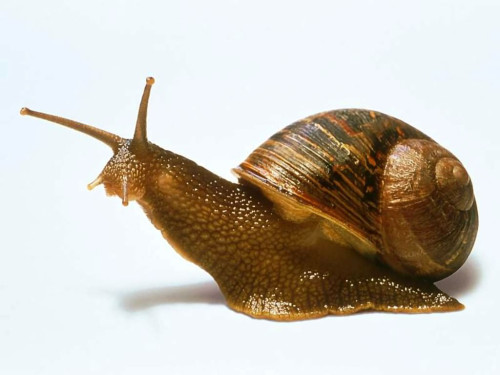




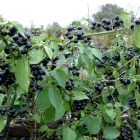
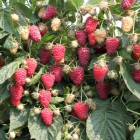
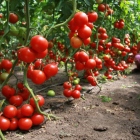
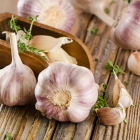
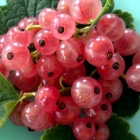
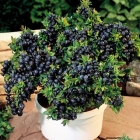
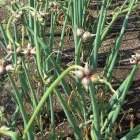
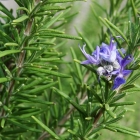
 Start a discussion ...
Start a discussion ...